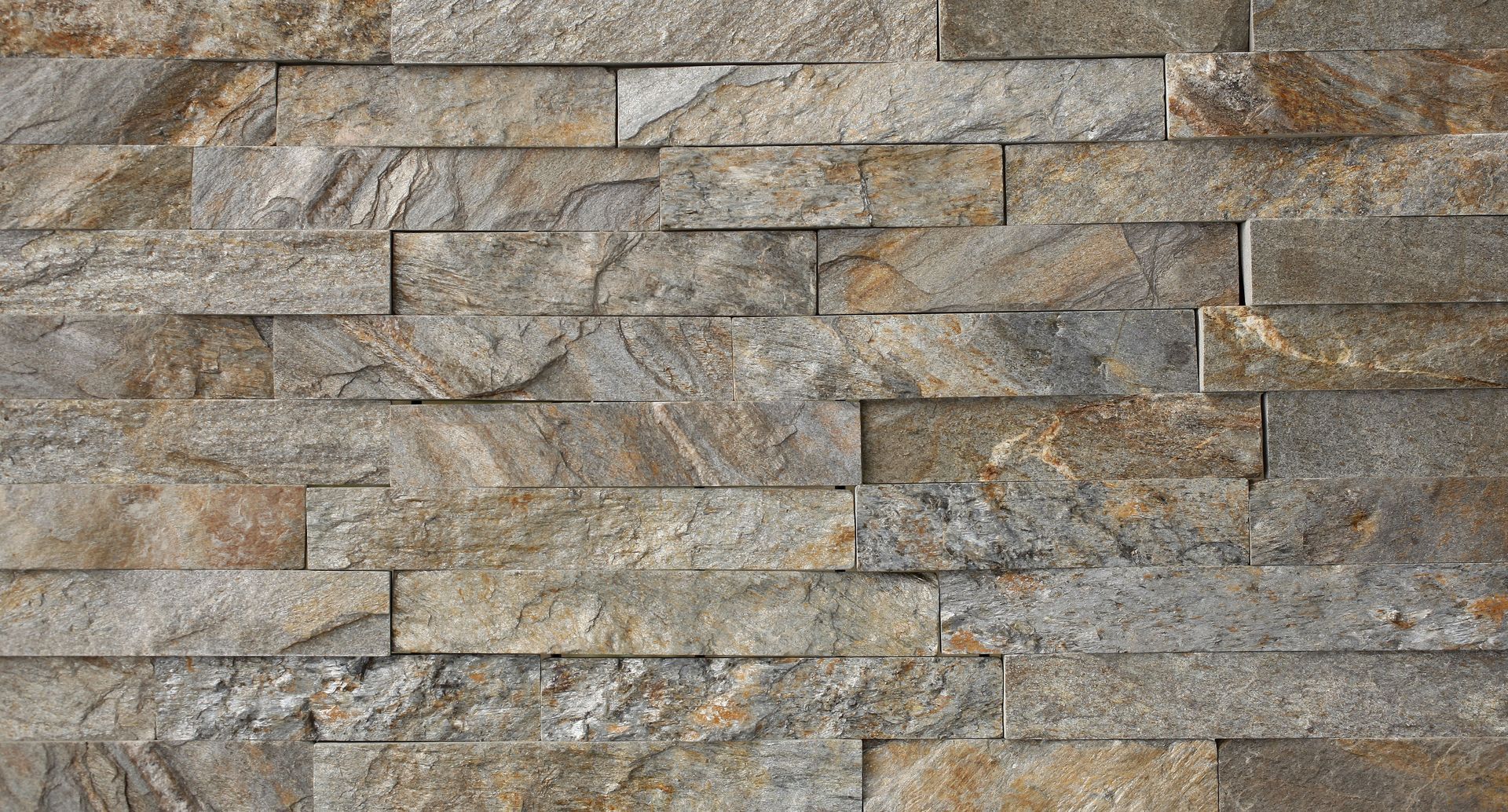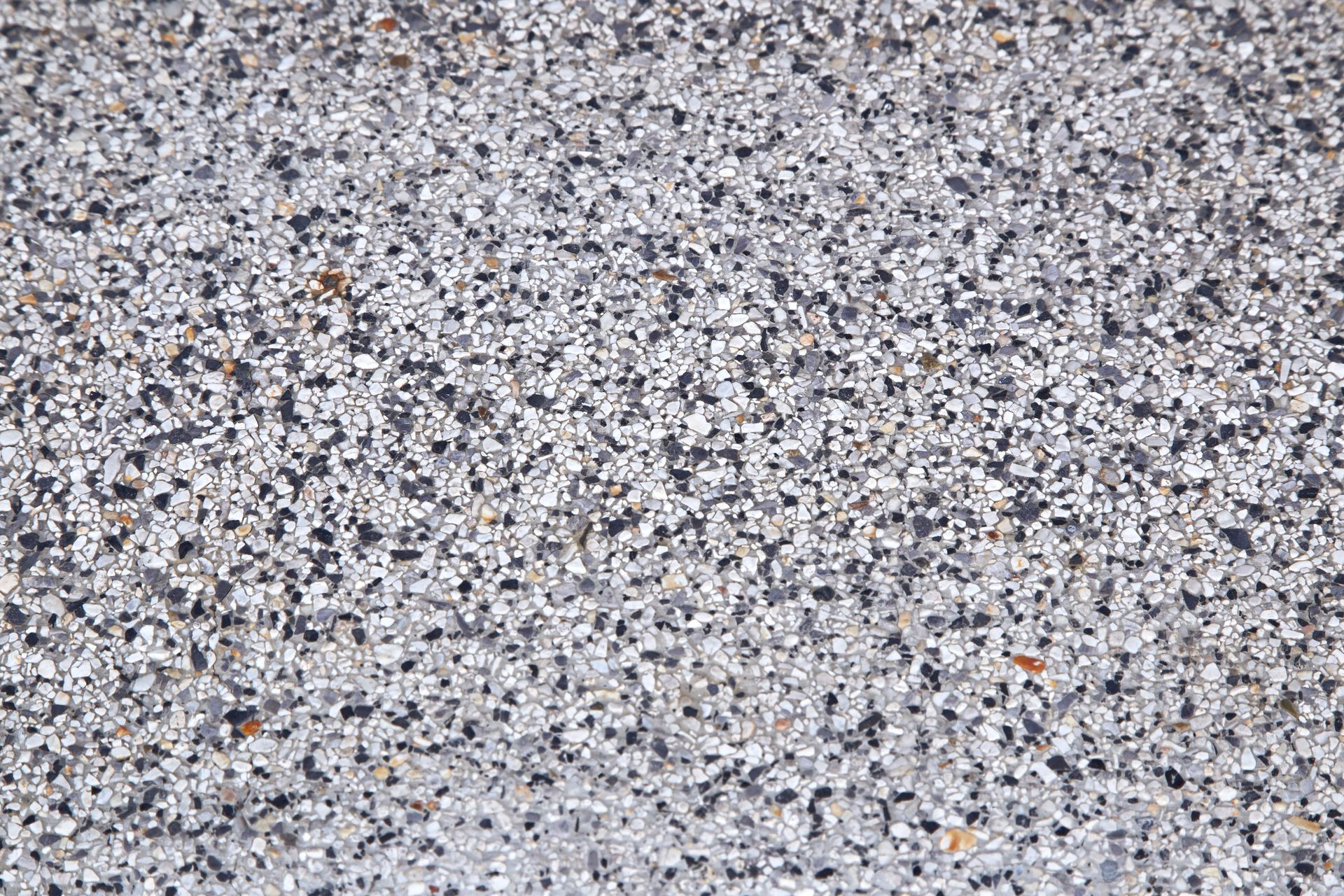A Brief History of Aggregate Stone Flooring
Aggregate stone flooring has been a keystone in architecture and interior design, evolving significantly throughout history. Its enduring appeal lies not only in its durability and aesthetic versatility but also in its ability to reflect cultural shifts and technological advancements. From ancient times to modern applications, aggregate stone flooring serves as a testament to human ingenuity and our enduring relationship with natural materials.
The Origins of Aggregate Stone Flooring
Aggregate stone flooring traces its origins back to ancient civilizations, where it was used for both practical and decorative purposes. Evidence suggests that the Egyptians, Greeks, and Mesopotamians utilized stones and aggregates to create floors in both homes and public spaces. The use of natural stones like limestone and marble was prevalent due to their availability and workability. These early uses were often indicators of wealth and status, as the materials required skilled labor to shape and set. Aggregate flooring thus began its journey as a significant element in architectural history.
It was in Ancient Rome that aggregate stone flooring experienced significant technological advancements. Roman builders were adept at mixing local stones and binding them with lime-based mortars to create durable roadbeds and charming mosaics that adorned public buildings. The invention of opus caementicium, a form of concrete, allowed Romans to boldly experiment with architectural forms and interiors. This technique enabled them to create intricate mosaic floors that are still admired today for their artistry and complexity. Roman innovation laid the groundwork for future developments in flooring and construction technology.
The Middle East contributed immensely to the cultural richness of aggregate stone flooring. Islamic architecture, for instance, utilized elaborate designs incorporating geometric patterns, often seen in mosque floors and courtyards. The adaptation of various colored stones and tiles was not only an aesthetic choice but a reflection of religious and cultural values. Flooring designs from regions like Persia and the Ottoman Empire incorporated intricacies that mirrored textiles in complexity. The cultural impact of Middle Eastern influence remains evident in various modern design motifs.
Trade routes such as the Silk Road played a pivotal role in the dissemination of aggregate stone flooring techniques. As cultures intermingled through trade, the exchange of ideas and materials led to the adaptation and evolution of local flooring practices. For example, the use of terrazzo emerged as a noteworthy development, particularly in 16th-century Italy, where it showcased the clever reuse of stone offcuts. This technique quickly spread across Europe, demonstrating how trade routes facilitated a blending of artistic styles and construction methods. Consequently, aggregate stone flooring became a canvas for cultural exchange.
Archaeological discoveries have provided fascinating insights into the use of aggregate stone flooring in ancient cultures. Artifacts such as mosaic relics and preserved flooring sections offer glimpses into past eras, revealing the complexity and artistry of ancient craftsmen. These findings are crucial for understanding historical construction techniques and materials, guiding both restoration efforts and modern applications. Many such artifacts have been found in the ruins of ancient cities, offering scholars and historians valuable information about daily life and architectural preferences. The archaeological record continues to deepen our appreciation of aggregate stone flooring's historical significance.
Evolution Through the Middle Ages
With the advent of Gothic architecture in the Middle Ages, aggregate stone flooring took on new dimensions. Gothic cathedrals often featured intricate stone floors that complemented their soaring arches and elaborate stained glass. The use of stone not only served structural purposes but also enhanced the aesthetic appeal of sacred spaces. Aggregate stone flooring became a key element in expressing the divine, with its ability to reflect light and create ambiance. These developments marked a shift in how flooring contributed to the architectural narrative of the period.
The Renaissance period heralded a renewed focus on symmetry and proportion, influencing flooring designs across Europe. Aggregate stone flooring was revitalized with an emphasis on artistry and craftsmanship, evident in the marble inlays and geometrically patterned tiles seen in palaces and churches. Techniques such as intarsia, involving intricate wood and stone inlays, gained popularity during this era. The Renaissance also saw the flourishing of terrazzo, which, according to 2050 Materials, originated as a way to reuse stone offcuts in 16th-century Italy. This creative reuse highlights the period's innovative spirit and attention to detail in design.
Medieval castles and fortresses heavily utilized aggregate stone flooring for both defensive and aesthetic purposes. The thick stone slabs offered the durability necessary for structures designed to withstand sieges and battles. Floors served as functional surfaces in grand halls and private chambers while adding to the visual gravitas of castle interiors. The stone flooring's thermal properties were also leveraged in castle constructions, helping to regulate indoor temperatures. These robust constructions showcased the enduring practicality and beauty of natural stone floors.
The craftsmanship of artisans became a prominent feature of aggregate stone flooring during the Middle Ages. Skilled masons and tile-makers passed down their knowledge and techniques through generations, safeguarding traditional craftsmanship while adapting to stylistic trends. This era birthed highly decorative floors with elaborate motifs, achievable only through meticulous planning and execution by skilled hands. The craft became a source of local pride, with guilds playing a significant role in maintaining standards and transferring skills. Today, their legacy lives on in the unique flooring techniques that have been preserved over centuries.
The preservation of historic aggregate stone floors remains an important focus for conservationists today. Efforts are made to restore medieval floors to their former glory, often requiring a delicate balance between preserving authenticity and employing modern conservation technology. Historic floors are considered cultural treasures, offering insights into medieval life and art. Organizations dedicated to the preservation of heritage sites prioritize the documentation and conservation of such floors, ensuring they're protected for future generations. This preservation work not only honors historical craftsmanship but also enriches contemporary architectural practices.
The Industrial Revolution's Impact
The Industrial Revolution marked a pivotal period for aggregate stone flooring with the introduction of new materials and technologies. Advances in quarrying and transportation made a wider variety of stones accessible, expanding design possibilities. However, the era also saw the emergence of man-made materials like linoleum and cement, offering cost-effective alternatives to traditional stone flooring. These materials often mimicked the appearance of stone while providing ease of installation and maintenance. The juxtaposition of old and new materials highlighted the period's spirit of innovation and experimentation in flooring solutions.
Mechanization fundamentally transformed the production and installation of aggregate stone flooring during the Industrial Revolution. Machines facilitated the precise cutting and shaping of stone, streamlining processes that had been labor-intensive for centuries. Mass production became possible, reducing costs and making stone flooring more accessible to the burgeoning middle class. This efficiency also allowed for greater creativity in design, as patterned and mosaic floors could be produced at scale. Mechanization, while challenging traditional craftsmanship, ultimately broadened access to high-quality aggregate stone flooring.
Aggregate stone flooring has demonstrated its timeless appeal through its rich historical lineage and continuing contributions to architecture and design. Its evolution reflects centuries of craftsmanship, cultural exchanges, and technological progress. As we look toward the future, its potential to adapt and integrate into modern and sustainable architectural practices will ensure its relevance in the years to come. Grounded in tradition yet open to innovation, aggregate stone flooring remains an enduring symbol of human creativity and our enduring relationship with the natural world. Be sure to reach out to Advance Terrazzo & Tile today for more information on our professional aggregate stone flooring!



Share On: